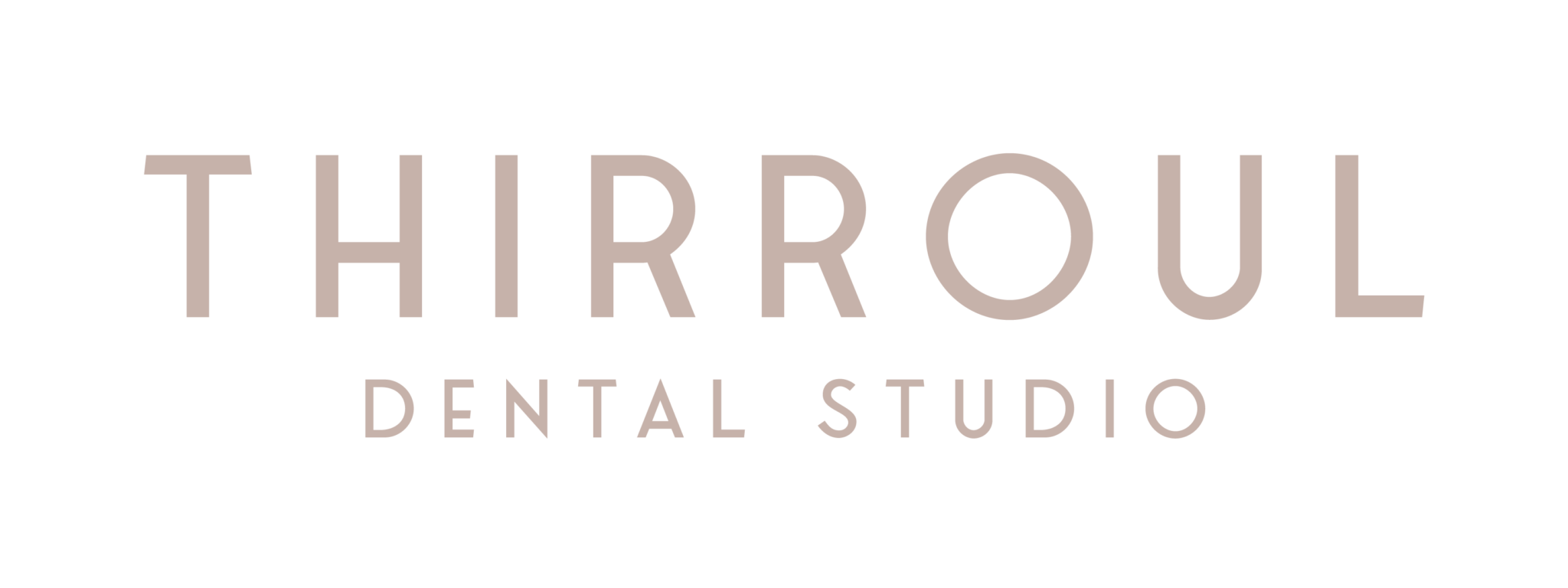At Thirroul Dental Studio, we take pride in enhancing your smile and confidence through our premium teeth whitening services. At Thirroul Dental, we understand the importance of a bright and radiant smile in making a lasting impression. Our Teeth Whitening Thirroul service is designed to give you that dazzling, pearly-white smile you’ve always dreamed of….
Preventive Dental Care
To prevent oral health problems, good dental preventive practices should be followed. Good oral hygiene habits will keep your oral health great and allow for confident and beautiful smiles.
Gummy Smile
A gummy smile is often something we can correct with a few different treatment options. There are several reasons why you may have a gummy smile and the treatment we use to correct it will depend on the cause.
Invisalign (Invisible) Aligners
Invisalign® is a great way to achieve a straight beautiful smile without the hassle of braces. A clear, thin customised aligner is used to gently move your teeth into the most desired position.
Root Canal Therapy (Endodontic)
If you have a damaged tooth, root canal treatment may help to save it. Inside your tooth is soft tissue containing nerves, and blood and lymph vessels, known as the tooth pulp that runs through the centre of a tooth.
Bone Grafting
Bone grafting for dental implants is sometimes required when the time between loss of bone and surgery is extensive. Grafting of bone where it has been lost, encourages the development of optimal foundations, which are essential for dental implants.
Periodontal Disease
Periodontal (Gum) Disease ranges from simple inflammation of the gums to a major disease. It damages the soft tissue surrounding the teeth and can cause receding gums and even loss of teeth.
Single Tooth Implants
Single tooth implants are a great alternative to dentures or a dental bridge. The procedure is often more costly but can be managed with finance options.
Jaw Joint (TMJ) Disorders and Headaches
TMJ (Temporomandibular Joint dysfunction) is a medical problem effecting the temporomandibular joint which is a hinge connecting your jaw to your skull. The most common cause of the disorder has to do with sleep and trauma.
Ceramic (Clear) Braces
Ceramic braces use tooth coloured brackets, which are bonded to the teeth. This type of teeth straightening braces is popular among adult orthodontic patients as they are less visible than metallic braces and are a similar colour to the natural colour of your teeth.















